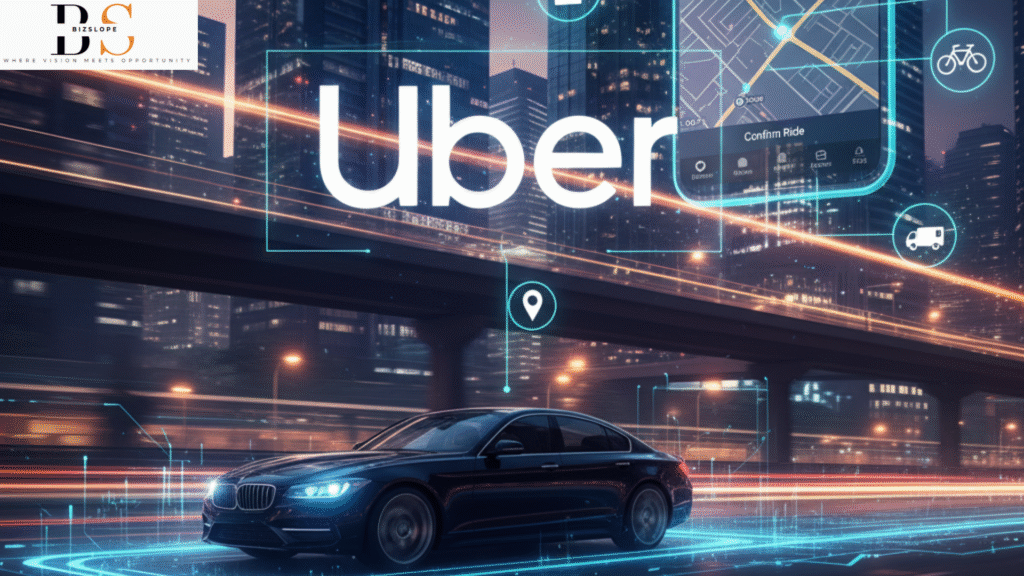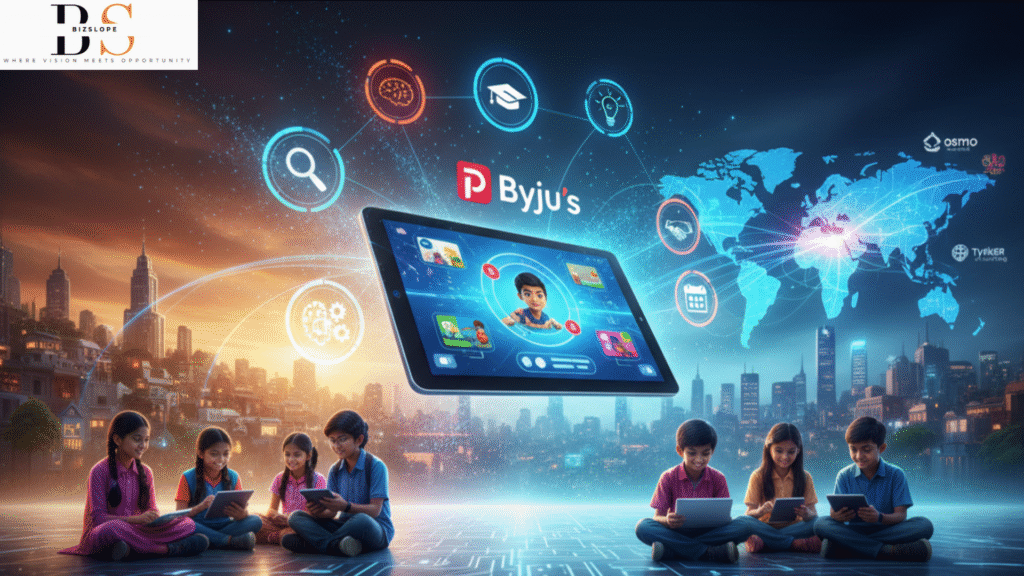The bustling streets of Paris in 2008 set the scene for a moment of profound frustration that would eventually revolutionize urban transportation globally. Travis Kalanick and Garrett Camp, stranded and unable to hail a cab, experienced a common inconvenience that sparked an audacious idea: what if, with the tap of a button, a ride could come to you? This simple question ignited the spark for what would become Uber, a company that didn’t just disrupt an industry but redefined how millions navigate their cities. Uber’s journey is a powerful narrative of vision meeting technology, illustrating how persistent innovation and aggressive execution can transform an everyday problem into a multi-billion dollar solution.
The Genesis: A Problem, A Vision, And A “Luxurious” Beginning
The initial concept, born from that chilly Parisian night, aimed to make black car services more accessible and efficient. Launched in 2009 as “UberCab” in San Francisco, the service began as a high-end, on-demand luxury car option, catering to the tech-savvy elite who valued convenience and discretion. The idea was simple yet revolutionary for its time: use a smartphone app to request a private driver, track their arrival in real-time, and pay seamlessly without cash. This early model, while niche, proved the viability of a technology-driven approach to personal transport.
The Game Changer: UberX and the Democratization of Ridesharing
However, Kalanick and Camp’s vision quickly evolved beyond luxury. They saw the potential to democratize the service, making it accessible to a much broader audience. In 2012, Uber launched UberX, a groundbreaking service that leveraged everyday drivers using their personal vehicles. This pivotal shift was a true game-changer. It transformed ordinary citizens into potential drivers, creating a vast, flexible supply network that traditional taxi companies simply couldn’t match. UberX offered unparalleled convenience, often at a lower cost, fundamentally challenging the established taxi industry’s pricing, availability, and service standards.
The genius of Uber’s disruptive business model lay in its elegant simplicity, powered by sophisticated technology. The user-friendly mobile app, combined with precise GPS tracking, instantly connected riders with nearby drivers. Riders received fare estimates, driver profiles, and real-time tracking of their ride, instilling a sense of transparency and control previously unheard of. This seamless, on-demand experience quickly resonated with urban dwellers seeking efficient and reliable transportation.
Overcoming Hurdles: Regulatory Battles and Fierce Competition
Uber’s meteoric rise was not without its trials. The company faced immense regulatory hurdles worldwide, as city councils and taxi unions fought fiercely against a model they viewed as unregulated and unfair competition. Debates raged over driver classification, insurance liabilities, and safety standards. Uber’s aggressive entry into new markets often involved legal battles, protests, and significant public scrutiny.
Yet, despite these challenges, Uber pushed forward with relentless determination. Its strategy involved rapid expansion, often establishing a dominant market presence before regulators could fully react. This audacious approach, while controversial, cemented its position as a global leader. The company also faced intense competition from a burgeoning ecosystem of ride-sharing apps, each vying for market share. Through it all, Uber continued to innovate, leveraging data to optimize routes, improve driver-rider matching, and enhance user experience.
Beyond Rides: Building a Global Mobility and Logistics Platform
Uber’s ambition extended far beyond simply connecting riders with drivers. Recognizing the untapped potential of its vast network of drivers and its powerful logistics platform, the company strategically expanded into new verticals. Uber Eats, launched in 2014, quickly became a dominant force in the food delivery market, leveraging the same driver network to transport meals from restaurants to customers’ doorsteps. This expansion showcased Uber’s ability to pivot its core technological and operational strengths to capture new market opportunities.
Further diversification included Uber Freight, disrupting the trucking and logistics industry, and experiments with electric bikes, scooters, and even autonomous vehicles. Uber transformed from a mere ride-hailing app into a comprehensive mobility and logistics platform, aiming to be the singular app for moving people, food, and goods within cities.
The Legacy: Audacious Disruption and Persistent Execution
Uber’s story is a powerful testament to the impact of audacious disruption. It began with a simple idea born from a moment of inconvenience and grew into a global enterprise that fundamentally reshaped urban living. Its success lies not just in its innovative technology, but in its relentless pursuit of solving real-world problems, its willingness to challenge the status quo, and its persistent execution in the face of significant adversity. Uber proved that even seemingly immutable industries can be utterly transformed by a powerful idea and the unwavering resolve to bring it to life.



